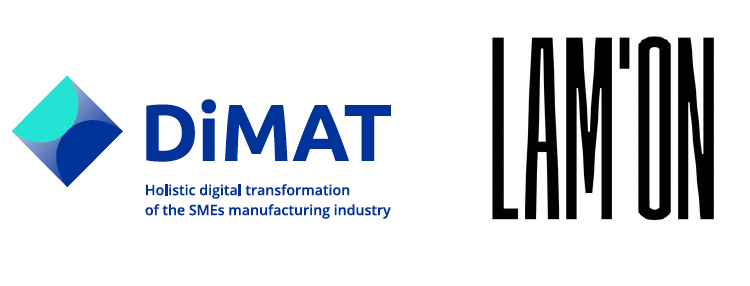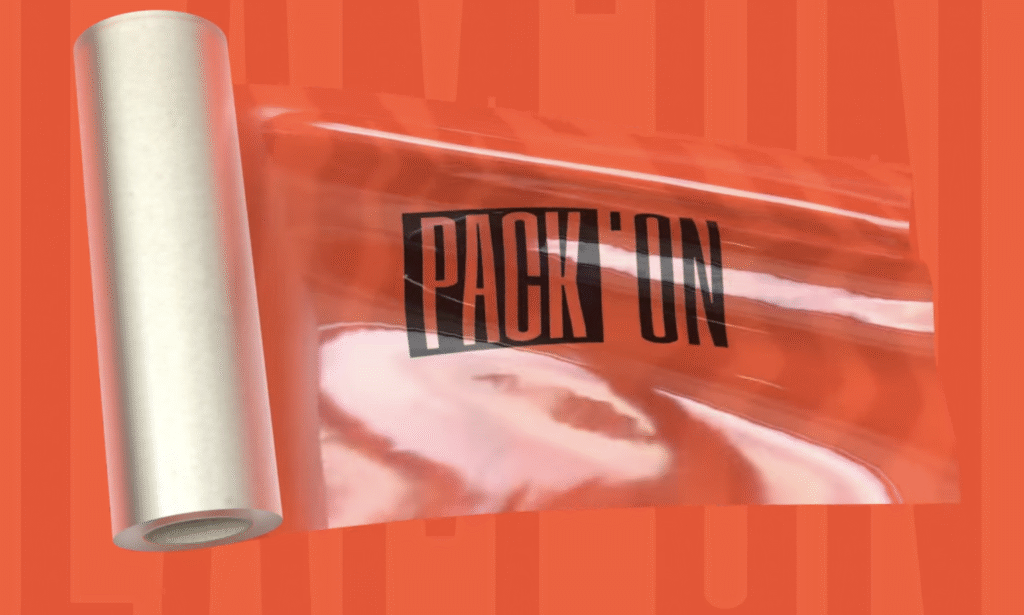
LAM’ON joins DiMAT to advance the future of Materials Manufacturing

As the European materials manufacturing sector embraces digital transformation, DiMAT stands out as an initiative helping SMEs tap into advanced, advanced and open digital tools. Through its Early Adopters Programme, DiMAT has selected forward-thinking companies to test and shape its toolkits, designed to empower sustainable, efficient, and smart manufacturing practices. Among these selected companies is LAM’ON, a Bulgaria-based company making waves in the packaging industry.
Specialising in bio-based and compostable thermal laminating films, LAM’ON offers a credible alternative to conventional plastics, combining innovation with environmental responsibility. During their participation in DiMAT’s two-month collaboration programme, LAM’ON focused on integrating digital tools that could enhance their efficiency, process control, and decision-making.
LAM’ON’s vision: Sustainable films meet smart manufacturing “Projects like DiMAT are crucial for bridging the gap between cutting-edge research and real-world applications,” says Angela Ivanova.
Exploring DiMAT’s digital toolkits
LAM’ON engaged with four core solutions within the DiMAT suites:
- DiKAF – Knowledge Acquisition Framework for building structured materials databases for efficient material and process data management, knowledge representation and life-cycle analysis.
- DiMD – Materials Designer for comparing mechanical properties virtually and DiMMS – Mechanical Properties Simulator for modeling stiffness and fatigue for advanced modeling, prediction, and material design.
- DiDTPC – Digital Twin for Process Control using real-time sensor integration to enhance simulation, prediction and optimisation.
“These tools gave us a strong sense of what’s possible,” Angela recalls. “CMDB in particular impressed us with how well it integrated across platforms. It offers a user-friendly way to manage complex materials data, something every manufacturer can benefit from.”
LAM’ON was also impressed by the practical value of the digital twin demonstrations. “It’s not just about simulations, it’s about monitoring production in real time and gaining insights that directly boost efficiency,” she says. The ability to simulate material behaviours through DiMMS and to manage formulation data through DiMD offered fast, low-risk testing environments that are often out of reach for small teams.
A collaborative experience with long-term impact LAM’ON describes its interaction with the DiMAT team as “collaborative and responsive from day one.” Despite tight timelines, the project team remained engaged, quickly incorporating feedback and supporting LAM’ON through every demo and iteration. This hands-on experience helped reinforce the company’s strategic vision. “As a CEO, having real-time visibility into our production and R&D performance is a game changer,” Angela explains. “The tools showed us what digital transformation really means: it’s about better decisions, faster innovation, and long-term scalability.”
Advice to SMEs on embracing digital transformation
While Angela acknowledges that SMEs face challenges such as limited digital expertise and tight budgets, she encourages small manufacturers to start with focused use cases. “Identify where you can save time or reduce waste. Then adopt modular, user-friendly tools that you can build on gradually,” she advises. “DiMAT gave us a roadmap and the confidence to scale our efforts intelligently.” Looking ahead: Digital twins, smart data, and circular packaging.
For LAM’ON, the road forward includes investing in digital twins and real-time analytics to create adaptive, data-driven workflows. “As we expand, digital transformation will enable us to stay agile and maintain our environmental mission without sacrificing operational excellence.” Angela sees a future where knowledge graphs, simulation, and predictive monitoring are standard tools, not just for large enterprises, but for the entire SME ecosystem. “Digital innovation must be accessible, actionable, and aligned with sustainability goals. That’s what makes DiMAT so relevant.”


